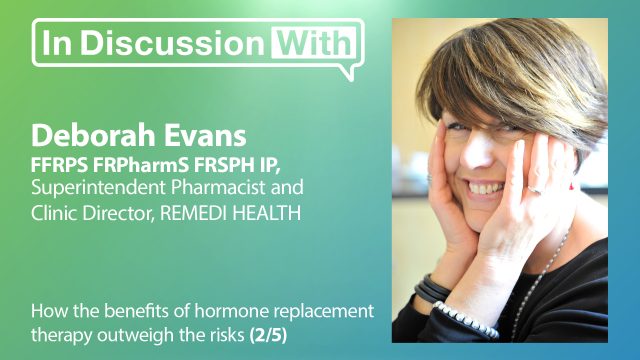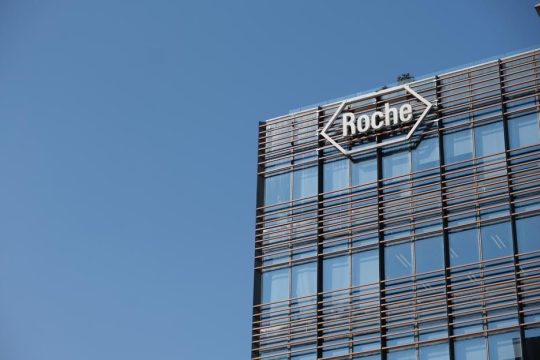Advertisment
What are the opportunities for genomic-driven change in lymphoma?

Dr Chris Fox (Nottingham, UK) highlights another presentation from Lymphoma SIG around the opportunities for genomic-driven change in lymphoma.
Interviewer: Hannah Chatfield. Article: Maria Dalby.
Opportunities for genomic-driven development hinge on two issues, namely the availability of tests for appropriate markers and the availability of suitable treatments, said Professor Andrew Davies (University of Southampton, UK).
Diffuse large B cell lymphoma (DLBCL) is ‘curable’ with overall survival of 82% reported in the REMoDL-B trial. However, real world survival rates are considerably lower and there is marked heterogeneity in outcomes according to international prognostic index (IPI) scores. Furthermore, none of the measures tried so far – including adding new agents, and increasing the density of treatment – helps to improve outcomes.
“We should be capitalising on biological insights”, said Professor Davies. Integrative genetic and clinical analysis through whole exome sequencing in 1001 DLBCL patients has revealed some novel disease drivers and risk groups.
It has been known for many years that DLBCLs can be divided into two types according to cell of origin (COO) phenotype – activated B-cell (ABC) type and germinal centre B-cell (GCB) type. It is now known that each of these has a characteristic pattern of genetic mutations and that, in general, ABCs have better prognoses. However, the prognostic value of COO has not been consistently confirmed in prospective randomised trials.
Putting theory into practice is fraught with practical difficulties. First, a relatively small group of DLBCL patients fails to respond to R-CHOP. Second, most biopsies are formalin-fixed so there is poor quality DNA extraction and it can take too long to obtain information about actionable mutations in patients with aggressive malignancies. Fortunately, there is a large number of potential therapies that could be exploited, he said.
The REMoDL-B study compared frontline R-CHOP + bortezomib (RB-CHOP) against R-CHOP treatment in patients with diffuse large B cell lymphoma (DLBCL). Patients were stratified according to both cell of origin (COO) and international prognostic index (IPI) after one cycle of R-CHOP. The results showed that RB-CHOP offered no improvement in outcomes for the ABC group. Similarly, PHOENIX which compared ibrutinib + R-CHOP against placebo + R-CHOP in non-GCB DLBCL showed no improvement in overall response, although patients under the age of 60 years appeared to do better. The results of the ROBUST study – RCHOP + lenalidomide vs R-CHOP + placebo in DLBCL ABC patients – are awaited.
The ABC-GCB distinction may or may not be relevant or actionable at present, he commented.
Whole exome sequencing has led to further subdivision of classification into six clusters – good and poor risk ABCs and GCBs and two others.1 “Perhaps DLBCL is actually six different diseases”, he suggested. It will still be necessary to identify the disease category/genetic variants in real time so that patients can be treated promptly. In addition, it might be necessary to have multi-arm studies in which patients are screened for actionable mutations and then triaged to the appropriate study with targeted agents. Cell-free DNA might be used to follow dynamic changes, including perhaps early warning of treatment failure. Similarly, evolution of the mutational landscape might be a suitable biomarker for relapse.
Turning to high-grade double and triple hit lymphomas i.e. those with a translocation in MYC/BCL2 and or BCL6, Professor Davies said that the double hit signature (DHITsig) can define poor risk patients. Tumours expressing the DHITsig have a distinct biology with a mutational landscape that includes a high proportion of mutations in MYC, BCL2, DDX3X and TP53. “But, will all this precision matter in the era of CAR T-cell therapy, as we increasingly adopt cell-based treatments that will work regardless of genetic variants?” he asked.
Follicular lymphoma
The presence of a mutation in the epigenetic regulator EZH2 may play a critical role in follicular lymphoma (FL). Activating mutations of EZH2 can act as oncogenic drivers in FL and GCB-DLBCL. Tazemetostat is a first-in-class selective oral inhibitor of mutated and wild-type EZH2. Early studies have shown that the response rate in FL patients with mutated EZH2 have a higher response rate than those with wild type (ORR 82% vs 35%). This is the first good example of how genetic information could influence our choice of therapy in FL, said Professor Davies.
“There is still a long way to go but let’s make sure we modify our diagnostic pathways so that we can take advantage of the wealth of information that is going to be available”, he urged.
References
- Swerdlow SH et al. The 2016 revision of the World Health Organization classification of lymphoid neoplasms Blood 2016 127:2375-2390;
Based on presentations given at the British Society for Haematology Annual Scientific Meeting, Glasgow, April 2019





